Nestled in Rajasthan Kesar Bagh Wildlife Sanctuary is a secret treasure that invites you to unwind amidst the beauty of nature. With its scenery and varied ecosystems, this sanctuary is a paradise for both wildlife enthusiasts and nature lovers. It boasts an array of plant and animal life featuring majestic leopards, graceful deer, and colourful bird species. Kaisarbagh offers a chance to observe wildlife in their natural surroundings. The sanctuary’s rich biodiversity and peaceful setting make it a spot for eco-tourism, promising an unforgettable adventure for those looking to immerse themselves in the untamed charm of Rajasthan.
Location
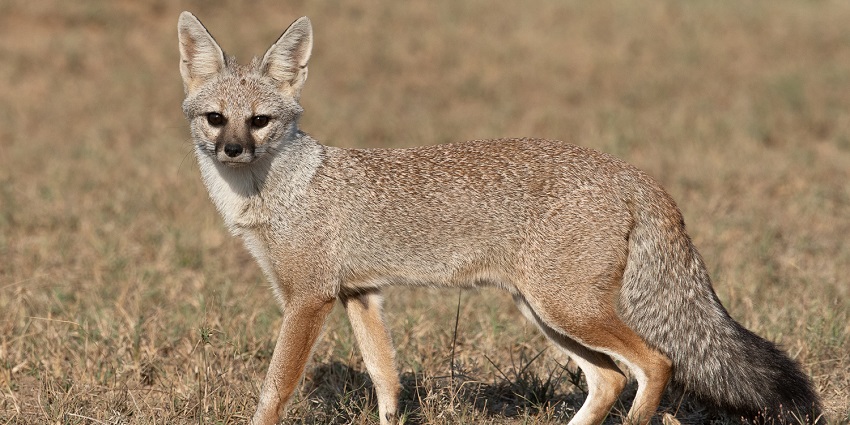
Photo: Mvshreeram / Wikimedia Commons / Image For Representation Only
Kesarbagh Wildlife Sanctuary can be found close to Bharatpur in Rajasthan. It is about 55 kilometres away from Agra, 180 kilometres from Jaipur, and 200 kilometres from Delhi. This convenient location allows easy access for tourists from major northern Indian cities.
Suggested Read: Places To Visit In Ranthambore
How To Reach Kesarbagh Wildlife Sanctuary
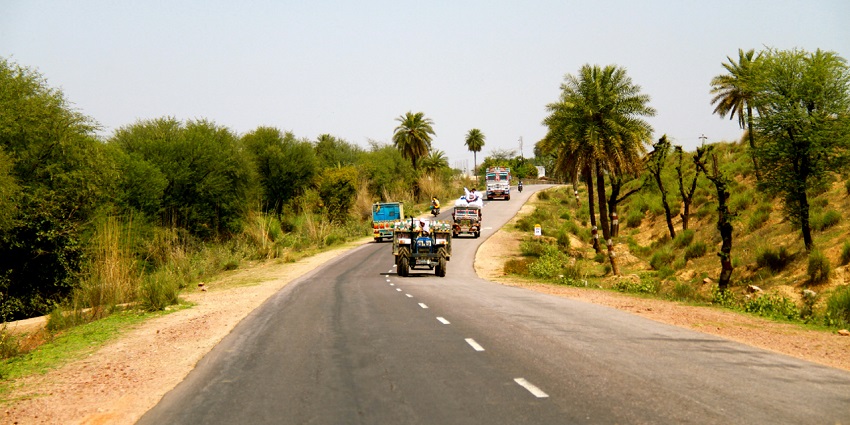
Photo: TeshTesh / Wikimedia Commons / Image For Representation Only
Getting to this wildlife sanctuary can be quite an adventure, as different transportation options are available to cater to various preferences and starting points.
By Road: Taking a road trip to Kesarbagh Wildlife Sanctuary allows for a journey. The sanctuary is located approximately 150 kilometres away from the nearest city, Indore. You can head towards Ujjain on the NH47 highway and then take the state highway to reach the sanctuary from Indore.
By Air: If you prefer flying, the closest airport to Kesarbagh Wildlife Sanctuary is Devi Ahilya Bai Holkar Airport in Indore. This airport is well connected to major cities across India. Once you land at the airport, it’s about a drive to the sanctuary.
By Train: Travelling by train is also a good option, with the nearest railway station being Indore Junction, situated around 150 kilometres from the sanctuary.
Places To Visit In And Around Kesarbagh Wildlife Sanctuary
Discover an array of enchanting attractions in and around Kesar Bagh Wildlife Sanctuary, where nature and culture blend seamlessly.
1. Bhuteshwar Temple
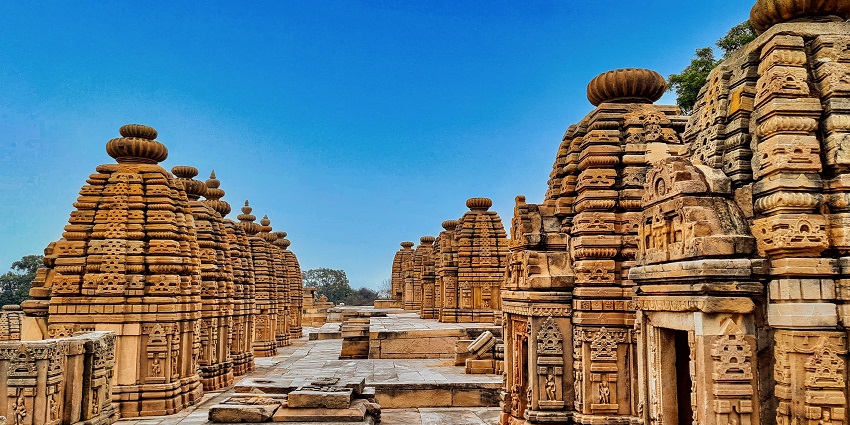
Photo: Ms Sarah Welch / Wikimedia Commons / Image For Representation Only
Situated close to the peaceful Kesar Bagh Wildlife Sanctuary, Bhuteshwar Temple stands as a hidden treasure radiating spiritual calmness. This age-old temple, dedicated to Lord Shiva, is famous for its detailed stone carvings and timeless design. Surrounded by greenery, the temple provides a serene escape for both worshippers and nature lovers. Inside the sanctuary rests a venerated Shiva Lingam, drawing pilgrims throughout the year. The temple’s tranquil setting, harmonised with chants and the gentle rustling of leaves in the sanctuary.
Entry Fee: Fee
Timings: 5 AM – 1:30 PM, 4:30 PM – 10:30 PM
Suggested Read: Places To Visit In Sri Ganganagar
2. Dhamoye Waterfall
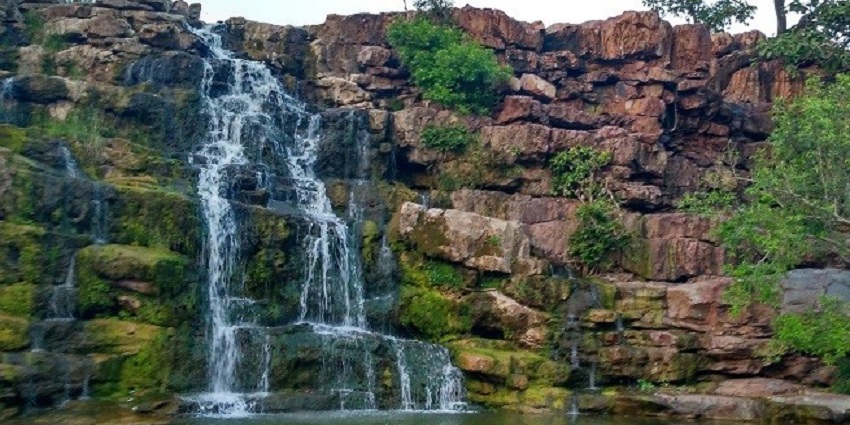
Photo: Rakshit Yadav / Wikimedia Commons / Image For Representation Only
Nestled close to the Kesarbagh Wildlife Sanctuary in Rajasthan, the Dhamoye Waterfall is a treasure that enchants visitors with its peaceful charm. Plunging from a height of around 150 feet, this waterfall puts on a captivating show, especially during the season when it flows abundantly. Encircled by greenery and rugged landscapes, it provides a serene retreat for both nature lovers and thrill seekers. The vicinity of the waterfall is abundant in wildlife, making it an ideal location for bird watching and photography. With a short hike leading to it, Dhamoye Waterfall guarantees a memorable experience amidst nature’s breathtaking beauty.
Entry Fee: Free
Timings: 9 AM – 5 PM
3. Sant Nagar Temple
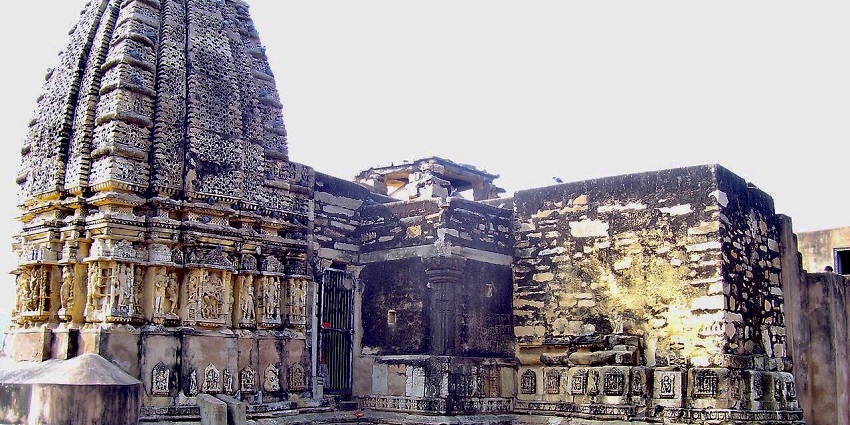
Photo: Salonii.jain / Wikimedia Commons / Image For Representation Only
Built in Rajasthan, the Sant Nagar Temple stands as a cherished place of worship honouring Lord Shiva. This architectural gem boasts carvings and grand spires showcasing exceptional artistry. Set amidst gardens, the temple grounds provide a tranquil setting for contemplation. There’s a Shiva Lingam, adorned with beauty, serving as the centre of devotion. The towering gopuram, adorned with intricate sculptures, is the entrance to the temple. Inside vibrant frescoes depict tales from Hindu mythology.
Entry Fee: Fee
Timings: 6 AM – 9 PM
Suggested Read: Places To Visit Near Pushkar
4. Talab Shahi
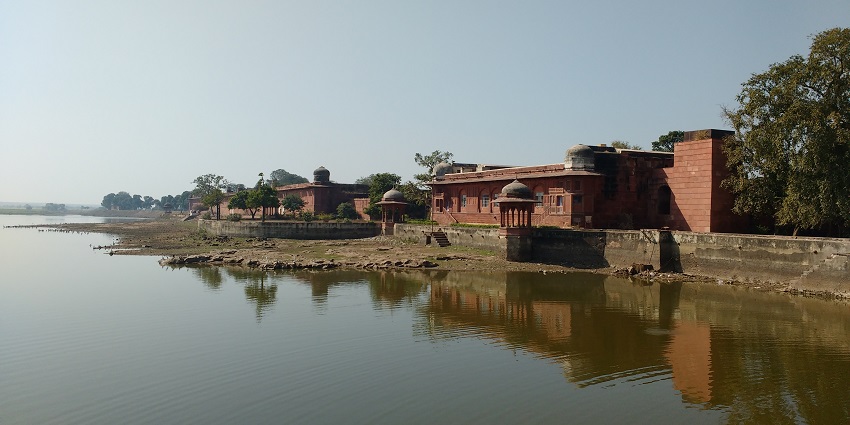
Photo: Darkknight7213 / Wikimedia Commons
Talab Shahi, situated close to Dholpur in Rajasthan, is a charming lake that was built in 1617 AD by Raja Kesar Singh. This peaceful body of water is bordered by the Talab Shahi Palace, a hunting lodge erected by the same king. The lake serves as a sanctuary for birds, especially during the winter season, attracting species such as pintails, red-crested pochards, and tufted ducks. The lush surroundings and serene atmosphere make it an ideal location for nature lovers and bird watchers.
Entry Fee: Fee
Timings: 24*7
5. Shergarh Fort
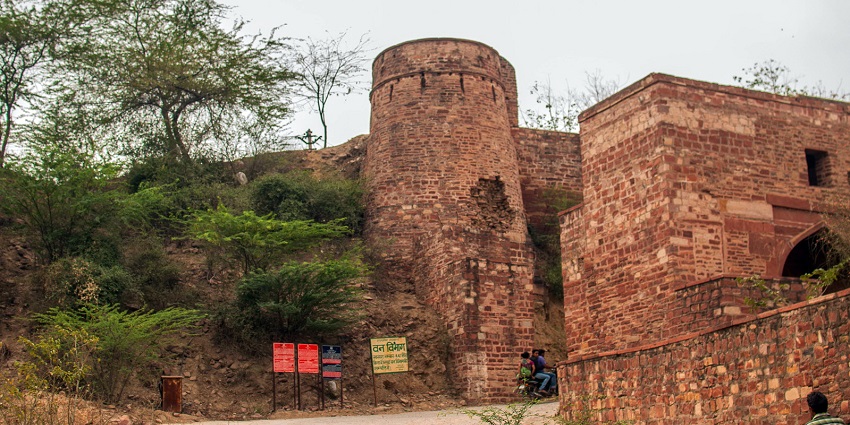
Photo: Travelling Slacker / Wikimedia Commons / Image For Representation Only
Shergarh Fort, situated in the Baran district of Rajasthan, is a historical gem that dates back to the century. Positioned on a hill, it provides breathtaking views of the surrounding area. The fort’s design beautifully combines Mughal and Rajput influences, featuring detailed carvings and sturdy walls. Within its grounds, the fort boasts temples, palaces, and water reservoirs, showcasing the magnificence of its time. With its location and impressive fortifications, Shergarh Fort served as an important military stronghold. Although now in ruins, it stands as a testament to Rajasthan’s cultural heritage and architectural excellence.
Entry Fee: Fee
Timings: 24*7
Suggested Read: Discover Places To Visit In Jaipur For Couples For A Romantic Getaway
Where To Stay
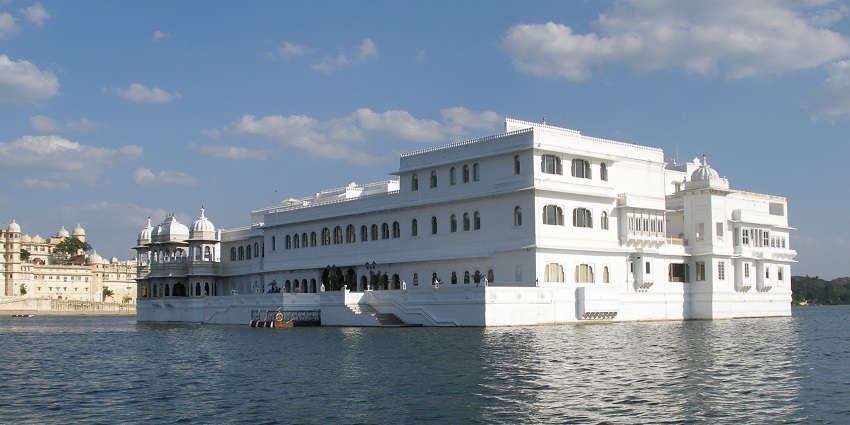
Photo: Vyacheslav Argenberg / Wikimedia Commons / Image For Representaion Only
When planning your visit to the Kesarbagh Sanctuary, you might want to consider staying at the Kesarbagh Jungle Lodge. This delightful eco-resort is situated right on the edge of the sanctuary. It features cosy cottages equipped with amenities, making it a perfect place to unwind after a day of wildlife adventures. If you prefer a more immersive experience, you could choose the tented camps that offer a rustic yet comfortable stay beneath the stars. Alternatively, the nearby town of Ranthambore has a variety of lodging options ranging from luxurious resorts to budget-friendly guest houses.
Where To Eat
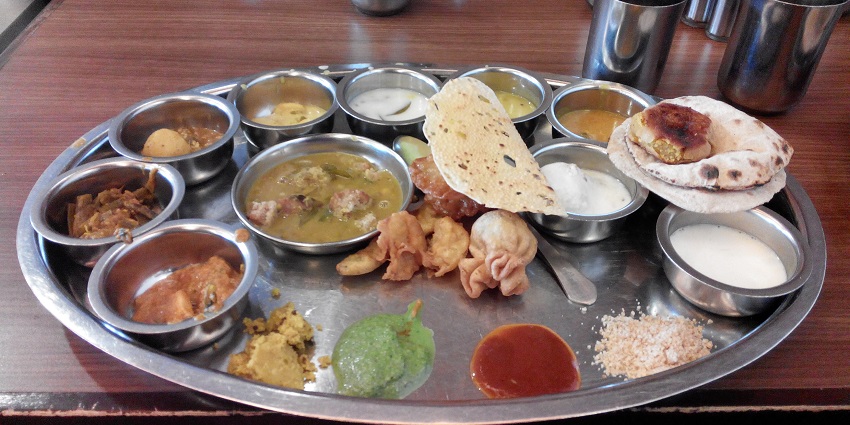
Photo: Dharmadhyaksha / Wikimedia Commons / Image For Representation Only
When it comes to dining near the Kesarbagh Sanctuary, you’ll be treated to a delightful blend of regional and international flavors. The Kesarbagh Jungle Lodge boasts a restaurant that serves mouthwatering Rajasthani dishes crafted from fresh, locally sourced ingredients. If you’re looking for a menu, head over to the nearby town of Ranthambore, where you’ll find a range of dining options, from traditional dhabas to upscale eateries.
Suggested Read: Places To Visit In Jaipur For Shopping
Best Time To Visit Kesarbagh Wildlife Sanctuary
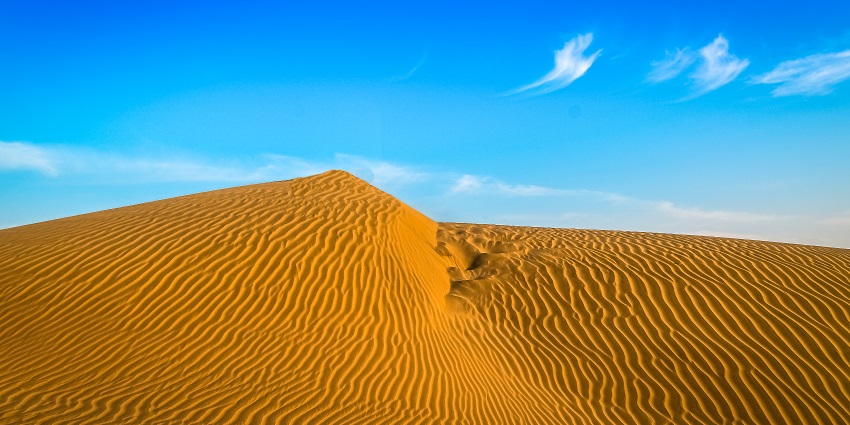
Photo: Kanthi Kiran / Wikimedia Commons / Image For Representation Only
The best time to visit Kesar Bagh Wildlife Sanctuary in Rajasthan is from October to March. During these months, the weather is pleasant, with temperatures ranging from 10°C to 25°C, making it ideal for wildlife spotting and outdoor activities. The sanctuary is lush and vibrant post-monsoon, improving the chances of sighting various species like leopards, hyenas, and numerous bird species. Early mornings and late afternoons are the prime times for wildlife viewing. Avoid the scorching summer months from April to June, as temperatures can soar above 40°C, making the experience uncomfortable and reducing animal activity.
Other Factors To Consider
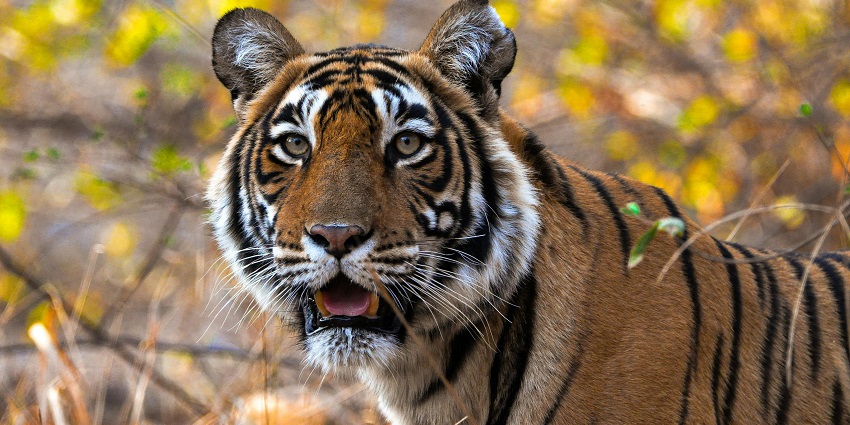
Photo: Daiwik Shah / Wikimedia Commons / Image For Representation Only
Average Cost Of The Trip
A three-day trip to Kesarbagh Sanctuary in Rajasthan costs approximately 30,000 to 50,000 INR. Accommodation at mid-range lodges or hotels ranges from 15,000 to 30,000 INR (2,000 to 10,000 INR per night). Meals at local restaurants or lodges cost around 3,000 to 6,000 INR (1,000 to 2,000 INR per day). Entry fees and guided tours within the sanctuary add another 2,000 to 5,000 INR. Transportation, including car rentals or taxis, ranges from 5,000 to 10,000 INR.
Tips For Travellers
When visiting Rajasthan and the Kesarbagh Sanctuary, consider these lesser-known tips for a richer experience:
- Hire local guides for an authentic experience. They offer unique insights and stories about the region’s history and wildlife.
- Visit during weekdays and early mornings to avoid crowds and enjoy a more peaceful environment.
- Respect local customs, such as removing shoes before entering temples and dressing modestly.
- Try traditional Rajasthani dishes like Dal Baati Churma and Laal Maas at local eateries for an authentic taste.
- Carry reusable water bottles and avoid plastic to help preserve the sanctuary’s natural beauty.
Suggested Read: Places To Visit In Jodhpur For Couples For A Romantic Getaway
To sum up, Rajasthan is a place filled with experiences ranging from the tranquil charm of Kesarbagh wildlife Sanctuary to the rich cultural heritage of its cities. Find travel advice, cost estimates, and customised plans to ensure a smooth and unforgettable trip. Head over to tripXL now to begin organising your ideal getaway in Rajasthan. Reserve your spot now and set off on an extraordinary journey with TripXL.
Cover Photo: Mvshreeram / Wikimedia Commons / Image For Representation Only


 WhatsApp
WhatsApp
 Twitter
Twitter









